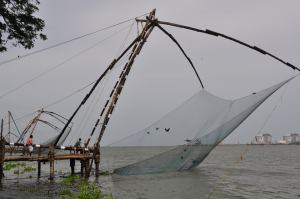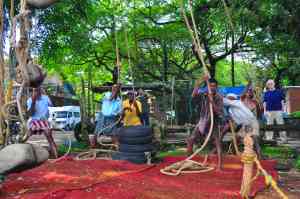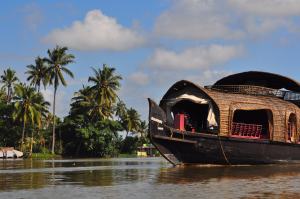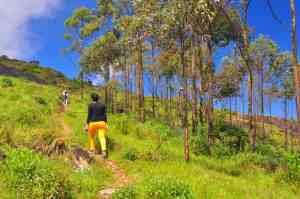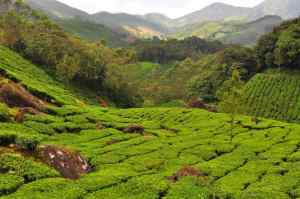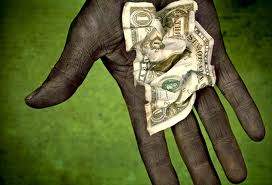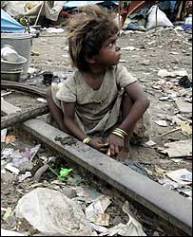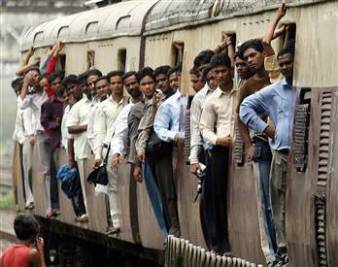These past few months have reminded me of a very important lesson I learned over the course of my brief professional working career: how important CULTURE really is.
When I first started my career, ‘culture’ was one of the last things I worried about. It seemed like one of those fuzzy, intangible things that you can never accurately describe. You can’t measure it, you can’t really analyze it, you can use adjectives and say things like “Oh, it’s great!”, but what does that really mean? WHY is it great? WHAT exactly makes it great? What really separates a great culture from a mediocre or unhealthy one?
Soon after I first started working, I began to realize how important ‘culture’ really was. The things I initially considered important in making my career choice (money, upward mobility, international opportunities, type of work..etc) did not have nearly the day to day impact on whether I liked my job or not as the work culture did. A healthy work culture, I realized, is more than just friendly colleagues and friday happy hours (although these two things definitely help!). It’s about feeling supported, being invested, having your colleague’s back, knowing he’ll have yours. Driven to do your best work, not just for your own career goals, but because you don’t want to let your team down. In sports, this is known as ‘team chemistry’. As an avid sports fan my entire life, I’ve seen example after example of ‘chemistry’ being the primary difference between a good team and a great team.
Many of us (especially the other VolCons) came to TechnoServe in part to get away from the stuffy or relentlessly competitive culture of the banking/consulting worlds. Most of the individuals at TechnoServe arrive with similar feelings: the desire to do something impactful, the willingness to give up monetary rewards in order to pursue work that would hopefully be more meaningful than what they were doing previously. You’d think a group of similarly minded individuals working at a non-profit for a fraction of what they’d be compensated in the open market would naturally form a healthier, more collaborative culture than that of a typical corporate environment.
I can’t speak for the other TechnoServe offices around the world but at least here in India, the work culture has been a particularly disappointing aspect of the overall experience. In my opinion, the problems mainly stem from the following issues:
1. Failure at the Top
Culture is set and established from the top on down. Here in the India office, there seems to be a complete lack of awareness or care for the work culture in the office on the part of our head honcho. Not once in my time here have we ever done any kind of team/group activity. Ironically, the only time the office comes together for a meeting is when someone leaves the firm. People work in silos, either by themselves or with their immediate team members. There is no sharing of ideas, a general lack of awareness of what your colleagues are doing and no sense of community. A good leader fosters an environment where people want to work for him, which you would think wouldn’t be too difficult to accomplish at a place where the mission is to create solutions to poverty. Sadly, that doesn’t seem to be the case here.
2. Intransparent Communication
One of the biggest problems in the office is the lack of transparent communication, particularly between the managers and the staff. I’ve both experienced and heard of numerous incidences where an individual was told or promised one thing, only to find out later that the story had changed without anyone notifying them. I’ve seen individuals keep major secrets from their own team members for weeks. This type of behavior breeds mistrust and selfish behavior, quickly leading to a toxic environment.
3. No Skin in the Game
Many of the culture problems I’ve noticed stems from the model TechnoServe uses to bring on employees. VolCons are brought on for short stints (3-12 months) for particular project workstreams. For most of us, this is either a break between jobs, a transitional period before business school or a short term experiment into a new field. Not a place to invest in one’s career.
Although TechnoServe attracts graduates from some of the best universities in India, most of them typically arrive with 6-12 month contracts and view their stint as a short-term assignment, even if their original contracts end up getting extended. There is a general perceived lack of upward mobility and a lack of employee training and investment.
TechnoServe generally seems to be running a model where employees are constantly cycled in and out, not unlike many private consulting firms. If someone’s been here over a year, they’re a veteran. Although this may work well from a business perspective, the constant turnover and lack of continuity makes it difficult to sustain a healthy work culture, which is even more important in a place where employees are not being compensated at their market value and don’t have much skin in the game.
Ultimately, these issues, if left unchanged, may end up threatening TechnoServe’s mission here in India. Real impact takes many years to come to fruition, and continuity is oftentimes a prerequisite for quality work. As many of us from the private sector know, there is no easier way to make quality people leave than to have a toxic work culture.

